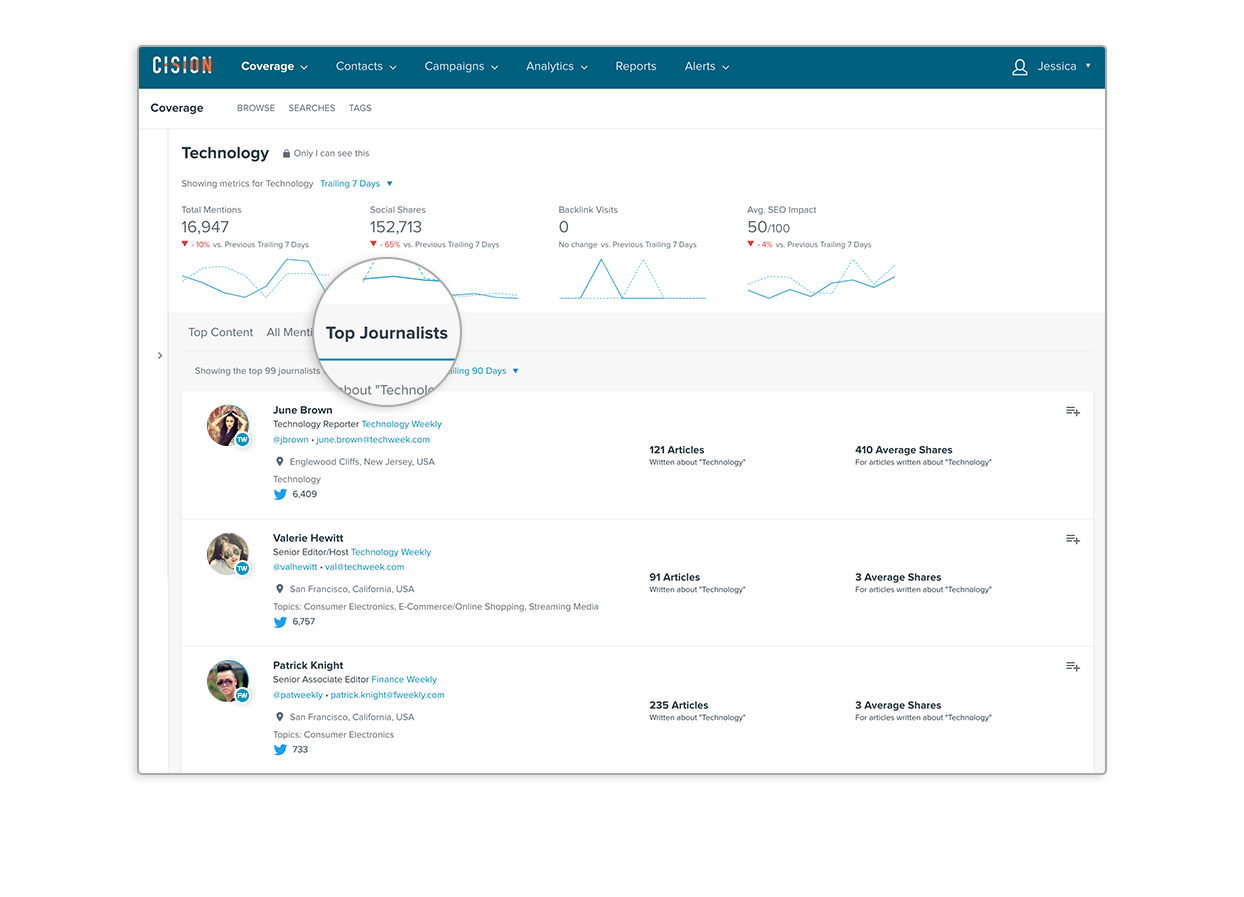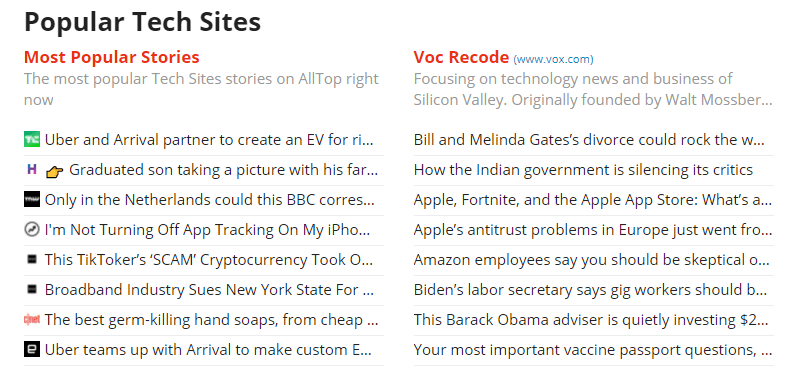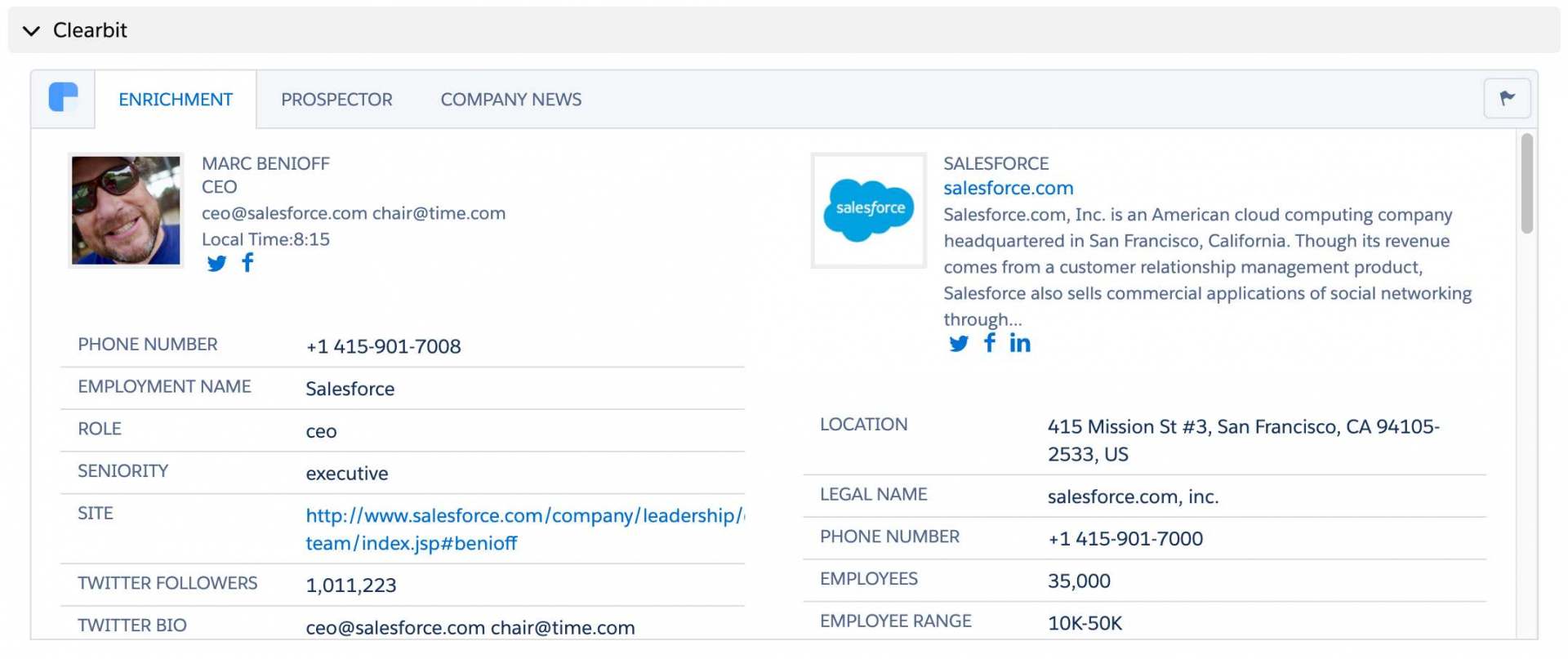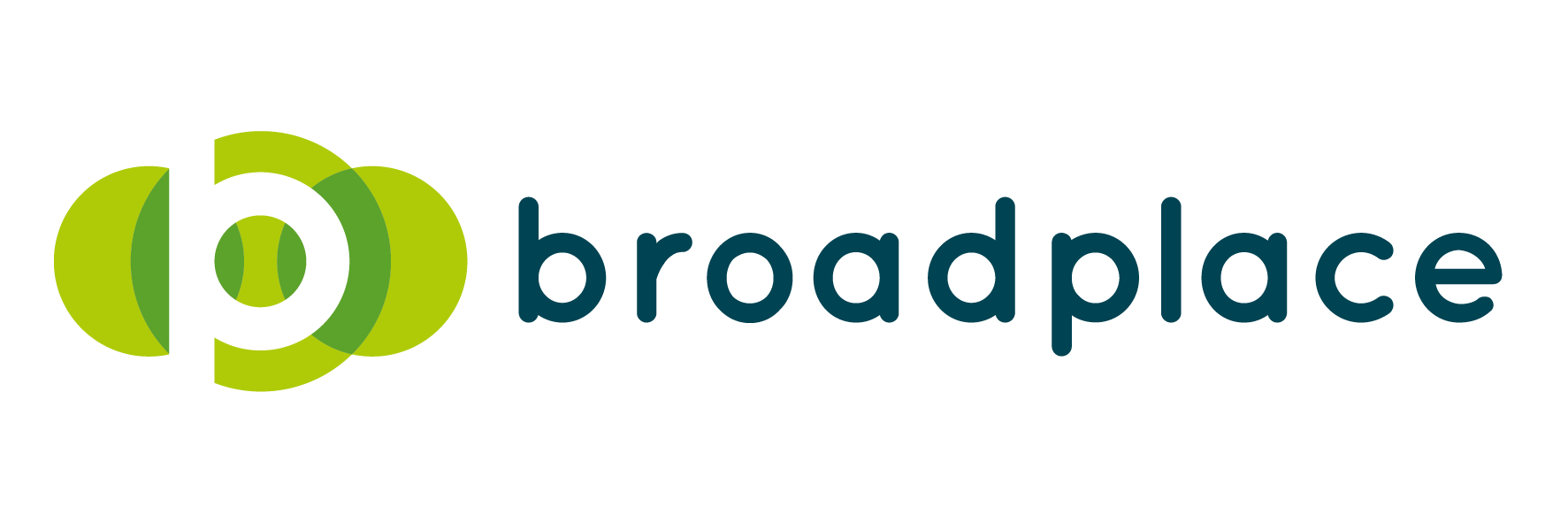Promoting your content is vital for ranking.
But it’s not about featuring on any old site. You have to feature on the right websites.
One way to do this is to engage high quality and relevant bloggers.
But doing blogger outreach can be challenging, and you can get little in return if you don’t do it right.
Thankfully, this post should help with that by giving you the foundation for doing blogger outreach by covering the following topics:
- What is Blogger Outreach
- The different types of outreach campaigns
- A basic step by step guide for Blogger Outreach
What is Blogger Outreach?
Blogger Outreach is a process of carefully prospecting and emailing hyper-relevant and authoritative blogs to get them to promote your content or website.
The different types of outreach campaigns
The type of outreach you do will depend on your business and its goals. But typically, blogger outreach involves trying to get a blog to do one of the following things:
- Promote a competition or giveaway
- Give a product review
- Feature your product in a post
- Contribute a guest post
- Share something
- Attend and cover an event
Let’s break each of those tactics down.
Promote A Competition Or Giveaway
This is a pretty simple and effective tactic. Mainly because it is one of the few which presents a win-win for both yourself and the blogger.
It essentially involves your brand running a competition or a giveaway directly with the blogger. This gets you right in front of their audience, and it gives the blogger something they can leverage for engagement or to grow their followers.
The only thing to note with this tactic is that you need to be offering something of value. If the competition or gift isn’t great, then the blogger won’t bother with it.
Give A Product Review
Product reviews aren’t that much of a departure from competitions and giveaways.
You send out a test sample of a new product or line to the blogger, they get a free product, and you get a review of it on their site.
There’s a couple of things to watch out for with this tactic.
The first is that within your outreach, you need to make it clear that you are sending this product for review. Before you even contact the site for this, it’s always worth doing your homework to make sure they are the type of blogger who writes reviews.
The second thing is to make sure that you’re willing to give the blogger editorial control. If the review feels insincere or forced, then their audience can see right through it, and it undermines the goal of the outreach.

Feature Your Product In A Post
A product feature is typically when your product gets recommended within a post on something that isn’t solely about it.
So, for example, if you were a jeweller and you got featured in a roundup of the best charm bracelets to go with your summer dress, then that would be a product feature.
Product Features are incredibly high value. Mainly because they seem more natural and less forceful than some of the other tactics. But they are typically tougher to drive because you’re reliant on your relationship with the blogger and their editorial calendar.
Contribute A Guest Post
A guest post is where you offer a well-written article for a website. The benefit to the blogger is that they don’t have to spend another evening slaving over a post.
The problem with this tactic is that it is somewhat frowned upon by Google, and as a consequence, you tend to see the higher quality sites have stricter editorial controls.
So as a tactic, it doesn’t scale like it used to.
But that doesn’t mean it isn’t still worth considering. Especially if you’re in a service industry, then one of the quickest ways to start establishing yourself as a thought leader is to start contributing to reputable publications.
Share Something
Share requests are when you simply ask a blogger to share a product, event or story on their platforms.
As a tactic, it relies on a strong relationship with the blogger and typically only works with brand advocates.

Attend And Cover An Event
Hosting events that are genuinely useful to bloggers is a surefire way to leverage their audience.
You’ll not only get the benefit of featuring on their social channels throughout the event itself but you’ll also probably get a write up after the event.
Both are a win-win for your brand.
That being said, there are a couple of considerations if you are running this type of outreach campaign.
- You need to carefully consider how many people you outreach to. You both need to make sure that it isn’t oversubscribed but also factor in that there will also be dropouts. Both of the above makes getting the right size prospect list and working through it a tricky balancing act.
- This is not the cheapest campaign to run. Yes it is a lot easier to outreach for and the payback is high. But so is the outlay. Some of the other tactics are probably easier and cheaper.
Step-by-Step Blogger Outreach
Now we’ve covered the different types of outreach campaigns – how do we go about executing it?
Well, the short answer is with a lot of hard work and perseverance. The long answer is to follow the below steps.
Step 1: Finding the Right Bloggers
The first step of blogger outreach is to identify the sites that you want to go after.
There are several ways in which you can do this but some of our favourites are:
Backlink Gap Analysis – This method involves taking sites similar to yours, plugging them into your favourite SEO Tools and finding the ones that don’t link to you.
If you want to learn how to do this, then these guides cover the process in depth.
- How To Do A Backlink Audit by SEMRush
- How to Do a Basic Backlink Audit (in Under 30 Minutes) by Ahrefs
Use a Media Database – One of the easiest ways to identify prospects for outreach is to invest in a media database such as Gorkana, Vuelio and Roxhill.
A media database will have a collection of influencers that you can segment by criteria such as location, topic, or industry.
However, media databases often are more expensive than other alternatives.

Blog Directories – Another easy way to find prospects for outreach is to use a blog directory such as Alltop. Alltop is a curated directory that aggregates news and information from every niche you can think of, from SEO to fitness & cooking.

Search Engines – Lastly, you can do it the old fashion way by using Google. All you will need is a set of searches, a basic knowledge of advanced search operators and a spreadsheet.
A really quick and easy way to do this is to use some of the following formulas:
- Keyword blogs
- Keyword + “blog”
- inurl:blog “Keyword”
- intitle:blog “keyword”
If you just keep rinsing and repeating different variations of the above then you’ll eventually build a pretty big list of prospects.
Step 2: Building Out Your Prospect List
As you’re starting to find these sites, you want to make sure that you’re capturing them all on a spreadsheet.
But not only do you want to make sure that you get the basic information like:
- Website
- Contact Name
You also want to make sure that you are pulling information to help you judge the best sites to target.
To do that, at a minimum, we would recommend pulling:
- Traffic estimates: To gauge how many visitors they are getting
- Social stats: To get a view on how big their potential audience is
- Domain Authority or Domain Rating: To get a rough guide on how authoritative their site might be
Once you’ve got that, you can make a better judgement call on which sites you want to go after.
Step 3: Find Contact Information
Now you can do this step as part of Step 2, but we prefer to do it once we’ve got an idea of who we really want to go after.
The main reason for that is because it’s usually slightly less work.
Pulling contact information isn’t easy, but you can use a couple of tools and tricks to make it easier.
The obvious two are to use Hunter or Clearbit to find them.
Hunter is a chrome extension which pulls contact information for websites. All you need to do is navigate to the specific page that you are interested in, if the extension is highlighted orange – it means there is email contact information associated with this page.
Clearbit is another Chrome Extension that does a similar job to Hunter.

If both of those solutions fail, then you can do it by hand. All you need to do is try searching the entire domain using Google search operators.
Just type in the below:
Site:domain.com “gmail.com”
And that will pull up any page on the site where “gmail.com” is on it.
Step 4: Make sure they know you
This is a straightforward step that can go a long way to ensure that your outreach email is not ignored.
All you need to do is to start engaging with their content.
Engaging with their content will show that you are involved with them and their audience and will get you on their radar.
A few key ways to engage with their content are:
- Following their social media accounts
- Commenting on their blog posts
- Sharing their blog posts on social media
- Commenting on their social media posts
- Sharing their social media content
This step is also important when it comes to building relationships that last. By coming across as a legitimate fan of their content, they are far more likely to engage with you in the future and know that you are not just looking to spam them.
Step 5: Reach Out to the Bloggers On Your List
Now they are slightly warmer to you, you can start reaching out to them.
The only thing that you need to keep in mind is that a generic template isn’t going to cut it.
You need to make sure your email is personalised.
That, at a minimum, means getting their name and website right.

Just to give you an idea of how we approach bloggers, we’ve got some template examples below:
Blogger Partnership Email Template
Hi {Name}
I would like to know if you’re interested in a {partnership category}.
We are interested in doing a {e.g. competition & giveaway, video collaboration, product review or product feature} covering {topic or product} {Insert link to the product page if applicable}
{Provide a brief outline of the key areas you’re looking to cover & the relevance of the topic or product to their audience}
{The pros of teaming up together, e.g. increased exposure, traffic or a product to review}
Please let me know if you’re happy to proceed.
If not, I understand, and I’m a huge fan of your work and appreciate your time considering it.
Many thanks,
{Your Name}
Guest Post Email Template
Hi {Blogger Name}
I have an idea for a guest post that I think your readers will enjoy.
It’s called: {Title}
{Provide a brief summary of the post & the relevance of the topic to their audience}
I think it will be a good fit for you, as I can see this kind of topic {content type} tends to perform well on {blog name}.
Would you like me to send the outline?
Many thanks,
{Your Name}
Share Request Email Template
Hi {Blogger Name}
I recently published this {brief description of your content}
It’s called: {Title}
{Provide a brief summary of the post & the relevance of the topic to their audience.}
I can see that you cover {tie their interests with your content}, I thought it might be worth you checking it out: {URL}
I hope you find it of interest.
Many thanks,
{Your Name}
Product Launch Event Invite
{Your Brand Logo}
Launch Party
{Host Names} request the pleasure of your company to celebrate to launch of {the new product}
{Address}
{Date}
{Time} & {What’s being served e.g. cocktails & canapes}
RSVP: {Email address}
In Conclusion
So there it is—a whirlwind guide on how to do blogger outreach the right way.
Blogger outreach is an important tactic to add to your marketing mix. If done right, it can get your brand in front of a really engaged audience. If done wrong, it can be a drain on your time as well as your morale.

